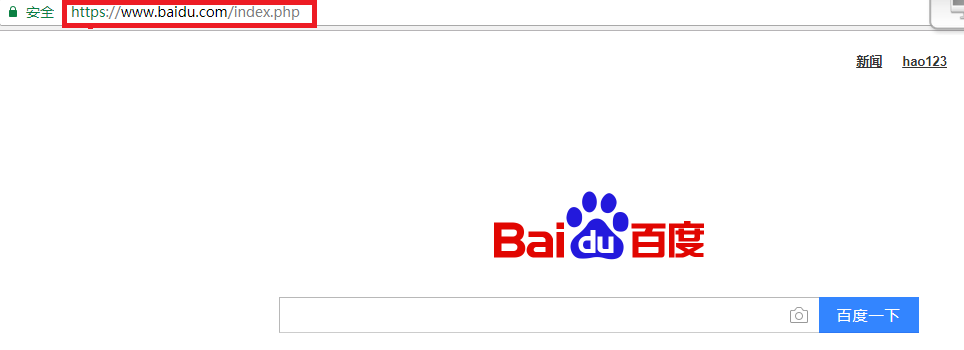1.什么是HTTP协议
1.1 HTTP:超文本传输语言,位于OSI模型的应用层。
1.2 HTTP- URL的组成部分
https://- 协议类型
www.bai.com-主机名
443-端口号
index.php-项目资源路径
附加信息-参数
如下图所示:

1.3 HTTP的请求类型
GET:请求获取Request-URL所标识的资源
POST:在Request-URL所标识的资源后附加的数据
模拟浏览器发送请求:
import java.io.IOException; import java.io.InputStream; import java.io.OutputStreamWriter; import java.net.HttpURLConnection; import java.net.MalformedURLException; import java.net.URL; public class RequestDemo { public static void main(String[] args) { } /** *模拟发送POST请求 * @param httpurl 请求的统一资源定位符 * @param cookie sessionID * @param parameter 附加信息 * @return 服务器响应结果 */ public static String sendPost(String httpurl,String cookie,String parameter){ InputStream is=null; OutputStreamWriter out=null; HttpURLConnection con=null; String result=""; try { //类 URL 代表一个统一资源定位符,它是指向互联网“资源”的指针。 URL url=new URL(httpurl); try { // 返回一个 URLConnection 对象,它表示到 URL 所引用的远程对象的连接。 con=(HttpURLConnection)url.openConnection(); con.setRequestMethod("POST"); con.setRequestProperty("Cookie",cookie); con.setDoOutput(true); con.connect(); out=new OutputStreamWriter(con.getOutputStream(),"utf-8"); out.write(parameter); out.flush(); // 获取响应的输入流 is=con.getInputStream(); byte[] bytes=new byte[1024]; while(is.read(bytes)!=-1) { result=new String(bytes,0,bytes.length,"UTF-8"); } } catch (IOException e) { e.printStackTrace(); }finally { if (is!=null){ try { is.close(); } catch (IOException e) { e.printStackTrace(); }finally { if (out!=null){ try { out.close(); } catch (IOException e) { e.printStackTrace(); }finally { if(con!=null){ con.disconnect(); } } } } } } } catch (MalformedURLException e) { e.printStackTrace(); } return result; } }